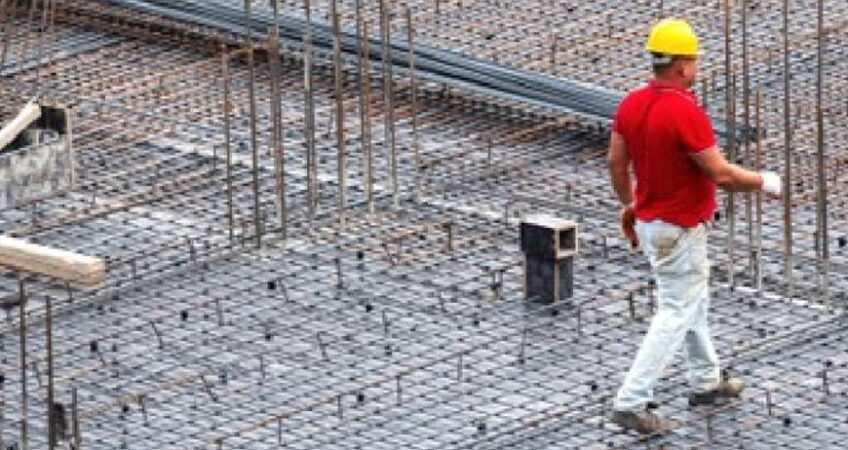Building Enclosure Commissioning During Construction Phase
As stated before, building enclosure commissioning is a process, and the activities begun in the pre-design and design phases must be carried through in the pre-construction and construction phases of the project. Here are some of the most critical aspects of these last two phases.
The Pre-Construction Phase — During the pre-construction phase of the project, the building enclosure commissioning authority serves as a second reviewer for requests for information, addenda, and bids related to the building enclosure. Similar to the design phase, these reviews focus on confirming that items related to the building enclosure comply with the established OPR. The owner evaluates the authority’s comments and recommendations and decides how they will direct the project team to address them. The authority will also revise the OPR and building enclosure commissioning plan during the pre-construction phase to account for changes made by the owner and project team.
The Construction Phase — Similar to the pre-construction phase, the building enclosure commissioning authority acts as a second reviewer for building enclosure submittals and shop drawings. Items that don’t align with the OPR are brought to the owner’s attention for resolution with the design and construction teams.
It can be valuable to have the building enclosure commissioning authority attend and participate in pre-construction or pre-installation meetings for the various building enclosure trades. The authority reviews and clarifies the required performance testing and other quality control/quality assurance tasks to be performed. Having the authority review the general contractor’s construction schedule can also help verify that the enclosure commissioning tasks are identified and properly accounted for in often short and hectic construction schedules.
The building enclosure commissioning authority performs periodic site visits during the construction of the building enclosure. During these visits, the authority reviews the installed work to help verify that the construction meets the intent of the contract documents, and therefore the OPR. Similar to the design phase, the authority keeps an on-going construction issues log for items identified during construction that require further attention or adjustment to comply with the intent of the contract documents. The construction issues log helps the owner understand the items that need to be addressed and resolved. The construction issues log also simplifies later development and resolution of an enclosure-related punch list, since non-conforming issues are continuously tracked. As noted above, the authority does not have ability to change the design or direct construction work. It is important for the owner to discuss concerns with the authority and relay required changes to the design and construction teams promptly.
During construction site visits, it is also important to have the authority witness the performance testing required in the enclosurecommissioning specification. The authority verifies that the proper performance tests are performed, that the test procedures are correctly followed, and that the test results indicate conformance with the OPR. In some cases, the authority may be capable of conducting some performance testing themselves, which can give the owner more confidence that the tests are properly performed and the results accurately interpreted.
The building enclosure commissioning process can seem overwhelming and appear to be solely a documentation activity, but if implemented thoughtfully, it can be a very reliable and effective way of controlling and assuring quality in the building enclosure. However, the building enclosure commissioning process should not be viewed as a replacement for good design. The commissioning process is primarily aimed at ensuring that the design is properly evaluated and implemented; properly commissioned buildings can still have problems if the basis of design is misguided and the design is inadequate. To be most valuable, building enclosure commissioning really must be executed as a process from pre-design through construction. Implementing only isolated portions of the process, such as limited performance testing or construction checklists, will be ineffective if the original basis for the design is not appropriate.
Peter Babaian, associate principal at Simpson Gumpertz & Heger Inc., has broad experience in the design, investigation, and rehabilitation of building structures and building enclosures. His specialties include new construction, rehabilitation of existing structures, and historic preservation.
Emily R. Hopps is a senior project manager in the building technology division of Simpson Gumpertz & Heger Inc. She has 10 years of experience in design, investigation, evaluation, restoration, and construction administration of historic and contemporary buildings. She specializes in waterproofing design of building-envelope systems, including foundations, wall systems, windows, and roofing.

